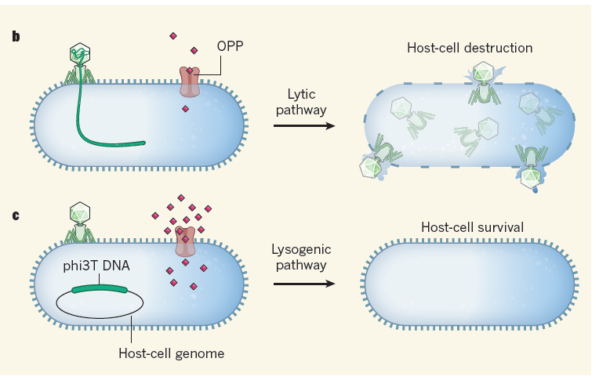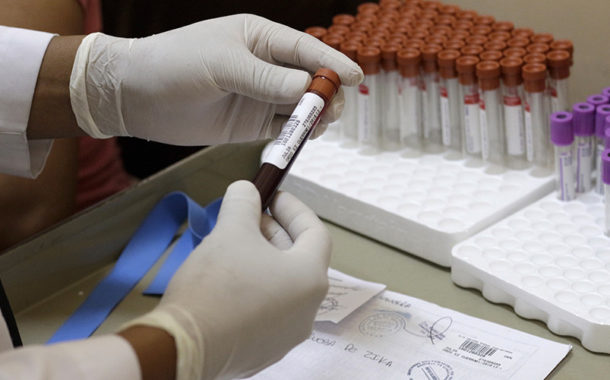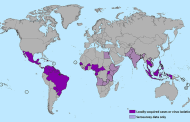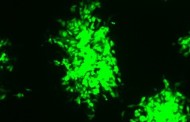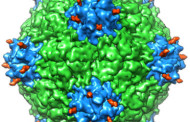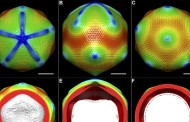This is a phylogenetic tree constructed from nucleotide data from 41 viral complete ORF sequences of ZIKV strains by the maximum likelihood-method logarithm in MEGA7 based on the Tamura-Nei... Read more
A naturally-occurring mutation in a rabbit-specific virus — related to the smallpox virus — weakens the virus and may give insight to understanding pathogen evolution, according... Read more
Viruses aren’t always bad. In fact, scientists can harness the capabilities of some viruses for good — modifying the viruses to carry drug molecules, for example. One useful viru... Read more
The genomes of two distinct strains of the virus that causes the common lip cold sore, herpes simplex virus type 1 (HSV-1), have been identified within an individual person — an achiev... Read more
Since their discovery, giant viruses have revealed several unique features that challenge the conventional definition of a virus, such as their large and complex genomes, their infection by... Read more
How the virus X protein circumvents our defence systems to allow the virus to multiply. The hepatitis B virus (HBV), which is up to 100 times more infectious than HIV, is primarily transmitt... Read more
In the ongoing arms race between pathogenic viruses and the cells they infect, each side needs every advantage it can get. One way wily viruses can get a leg up is by subverting the microRNA... Read more
Researchers from Boston College, US, have revealed the global spread of an ancient group of retroviruses that affected about 28 of 50 modern mammals’ ancestors some 15 to 30 million ye... Read more
Mimivirus defence system might lead to new genome-editing tools. Gigantic mimiviruses fend off invaders using defences similar to the CRISPR system deployed by bacteria and other microorgani... Read more
Roughly eight percent of our DNA comes from viruses that infected our ancestors millions of years ago. New research by geneticists shows that more than an oddity, the viral DNA switches on g... Read more


